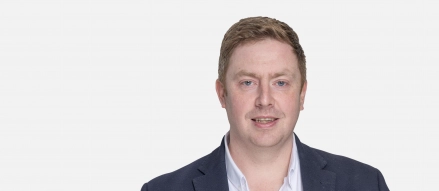
The Health & Social Care Levy changes at a glance…
It will then be ring-fenced and identified separately as the Health & Social Care Levy from the 6th April 2023. In addition, the rate of dividend tax for individuals increases by 1.25% from 6 April 2022.
The notes below set out how the NIC/Health & Social Care levy changes apply over the coming tax years.
2021/22 – No NIC changes
- No changes to NIC and no introduction of the Social Care Levy.
- This means that Class 1A and Class 1B NIC payable by 22 July and 22 October 2022 respectively will remain at 13.8%
2022/23 – NIC increase
- Class 1 NIC increase for employees of 1.25 percentage points
- Class 1 NIC increase for employers of 1.25 percentage points
- Class 1A NIC increase for employers of 1.25 percentage points (due on P11Ds submitted for 2022/23 tax year – payable by 22 July 2023)
- Class 1B NIC Increase for employers of 1.25 percentage points for those that enter into a PSA for minor/irregular benefits like staff gift vouchers and entertaining (this will be due on PSA calculations submitted for the 2022/23 tax year – payable by 22 October 2023)
- Class 4 NIC rates for self-employed individuals will also increase by 1.25%.
2023/24 – Introduction of the Health & Social Care Levy (HSCL)
- The NIC rate increases mentioned above will reverse (reduce by 1.25 percentage points).
- In exchange, a new Levy will be payable by employers and employees. This will be charged at 1.25 percentage points and payable by both employers and employees (as well as self-employed individuals).
- For employees and employers this will be payable via payroll and separately identified/deducted from pay.
- Those over state pension age (category C for NIC purposes) will be liable to pay HSCL too.
- The “Employment Allowance” in place for NIC will also apply to HSCL – helping qualifying SMEs with small payrolls.
- Existing NICs reliefs to support employers will apply to the Levy. Companies employing apprentices under the age of 25, all people under the age of 21, veterans and employers in Freeports will not pay the Levy for these employees as long as their yearly gross earnings are less than £50,270, or £25,000 for new Freeport employees.
- It is not yet known how the HSCL will interact with salary sacrifice arrangements. However, it does appear that earnings subject to HSCL will be based on a similar definition as that NICs'.
- HSCL will apply to benefits and expenses reported via the P11D(b) and PSA that are subject to Class 1A and Class 1B NIC. Therefore, an extra section and payment will need to be made as part of these submissions.
Key considerations and observations
- As the funds from the HSCL are ring-fenced for social care, they will be used to enhance social care in the UK and also help reduce costs for individuals in the future, capping adult social care costs at £86,000 per person from October 2023.
- It will be important for employers to understand how salary sacrifice interacts with HSCL, including Pension, Electric Cars and those arrangements caught by Optional Remuneration.
- Employers should consider updating cost analysis and review pay/reward strategies to make sure they can account for the additional costs.
- Employers will need to make sure appropriate payroll controls are in place to manage compliance and payment for those over state pension age and ensure compliance mirrors that for NIC for apprentices under 25, those under 21, veterans and those employed at Freeports.
- There is an angle to this that is broader than pay and reward, as these changes could also affect tax costs arising from the off-payroll working rules, potentially affecting recruitment/supplier relationships given the potential extra costs within the supply chain. Looking at how the changes interact with IR35 approaches therefore will be important.
- Use, compliance and nature of apprenticeships is likely to be a key area of focus given the reduction in NIC for employers (where the apprentice is under 25) and also that the HSCL will not be chargeable for these employments.
- Being aware of the impact of the changes on Class 1A and Class 1B NIC liabilities given that HSCL will also be due via P11D(b) and PSA calculation submissions.
Get in touch
Please do get in touch and contact us using the details if you would like to discuss further.
National contact

